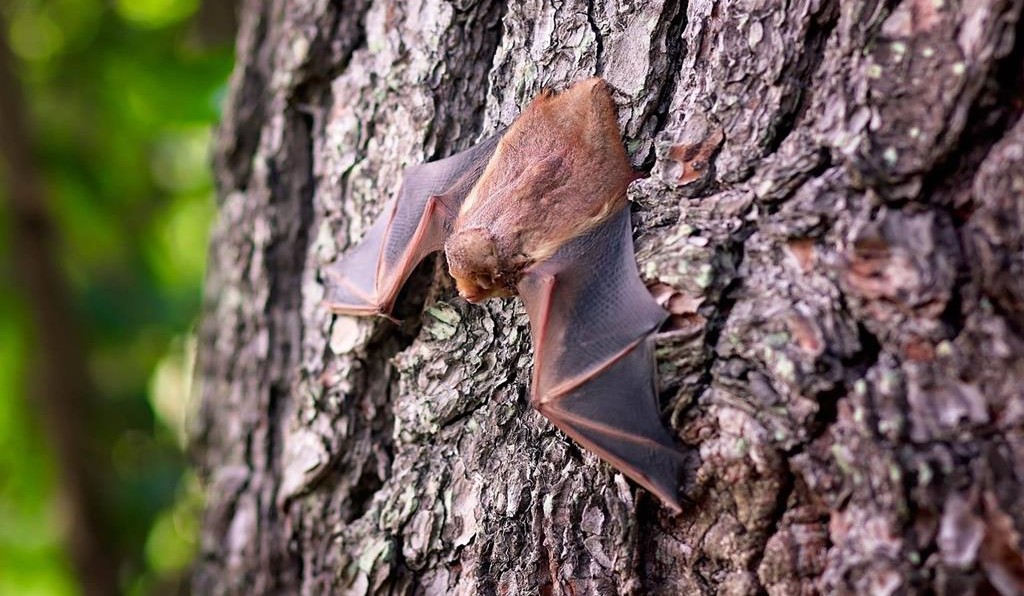Cats, those enigmatic and often mischievous companions, have a dietary reputation that centers around their carnivorous nature. While we might readily associate them with chasing mice or pouncing on birds, there’s a lingering question: do cats eat bats? Let’s embark on a journey through the realms of feline behavior, dietary preferences, and the intriguing world of bats to uncover the truth behind this curious inquiry.
Cats: Nature’s Carnivores
Before delving into the bat-cat dynamic, it’s essential to understand that cats are obligate carnivores. This means that their nutritional requirements are primarily met through consuming animal-based proteins. Their evolutionary history as hunters has shaped their anatomy, teeth, and digestive systems to thrive on a diet rich in meat. Consequently, their diets generally consist of small mammals, birds, insects, and sometimes fish.
The Bat Question
Bats, as nocturnal flying mammals, occupy a unique ecological niche. While they’re not a typical part of a cat’s diet, the possibility of cats preying on bats does exist, especially in environments where both species coexist. However, the extent to which this occurs varies based on multiple factors.
Bat Species and Cat Behavior
Bats are incredibly diverse, with over 1,400 species that differ in size, behavior, and habitat. Some smaller bat species might be mistaken for birds due to their flight patterns, making them potential targets for feline curiosity. However, larger bat species tend to be more inaccessible to cats due to their roosting habits in caves, trees, or secluded spaces.
Feline behavior is also an influential factor. Cats, known for their instinctual hunting skills, are more likely to go after smaller, slower-moving prey. While bats can be agile and swift in flight, a cat’s hunting success could depend on the particular bat species and the element of surprise.
Urban Environments and Bat-Cat Interactions

In urban environments where bats might roost in buildings or other structures, the chance of interactions between cats and bats might increase. Cats, being curious and agile climbers, could potentially encounter bats that have inadvertently entered homes or other structures.
However, it’s essential to note that cats and bats are not direct competitors for food resources, as they target different prey types. Cats are more likely to pursue ground-dwelling creatures, while bats rely on insects and, in some cases, fruit.
Considerations for Cat Owners
For cat owners, understanding the potential interactions between cats and bats can help ensure the safety of both species. If you live in an area where bats are prevalent, it’s a good idea to take measures to prevent bats from entering your home. This can include sealing gaps and openings, especially in attics or other potential roosting spaces.
Furthermore, keeping your cat indoors or supervising outdoor excursions can minimize the likelihood of cat-bat interactions. Not only does this protect local wildlife, but it also safeguards your cat from potential harm and prevents the spread of diseases that can affect both bats and cats.
Are bats harmful to cats?

Bats are not inherently harmful to cats, but there are some considerations to keep in mind regarding the interaction between bats and cats.
- Disease Transmission: Bats can carry diseases such as rabies, which can be transmitted to other animals, including cats, through bites or scratches. While the risk of rabies transmission from bats to cats is relatively low, it’s still essential to take precautions to prevent any potential contact.
- Parasites: Bats can harbor parasites, including fleas, ticks, and mites. If a cat comes into contact with a bat or their roosting areas, they could potentially pick up these parasites. Regular flea and tick prevention measures can help mitigate this risk.
- Injury: If a cat attempts to catch or play with a bat, there’s a possibility of injury to both animals. Bats have delicate wings that can be easily damaged, and cats might inadvertently harm the bat.
- Respiratory Issues: In some regions, bats can carry a fungus that causes white-nose syndrome, a disease that primarily affects bats but can potentially be transmitted to other animals. While the risk of transmission to cats is considered low, it’s still a concern in areas where the disease is prevalent.
- Disturbance of Bats: Bats play a vital role in controlling insect populations and maintaining ecological balance. Disturbing bat populations through contact or destruction of their roosts can have negative consequences for local ecosystems.
To minimize potential risks associated with bats, consider the following:
- Keep Cats Indoors: Keeping your cat indoors or supervising outdoor time can reduce the chances of them encountering bats or other potential hazards.
- Vaccination: Ensure your cat’s vaccinations are up to date, including rabies vaccination, which is especially important if your cat has any potential exposure to wildlife.
- Roost Management: If you suspect bats are roosting in or near your home, consider contacting a professional wildlife management expert for guidance on safely managing their presence without harming them.
- Avoid Handling Bats: If you come across a bat, avoid handling it. If you find a bat on the ground, it could be sick or injured, and you should contact local wildlife authorities for assistance.
Remember that bats are valuable contributors to ecosystems due to their role in insect control and pollination. While it’s essential to be cautious regarding potential interactions between bats and cats, there’s no need to consider bats as direct threats to cats as long as appropriate precautions are taken.
The Verdict
In the grand scheme of feline dietary habits, the consumption of bats isn’t a common occurrence. While the possibility of cat-bat interactions exists, various factors, including bat species, cat behavior, and environmental conditions, play a role in shaping these interactions. As responsible cat owners, it’s crucial to focus on providing our feline friends with a balanced and appropriate diet while taking measures to protect both cats and bats in our shared ecosystems.



